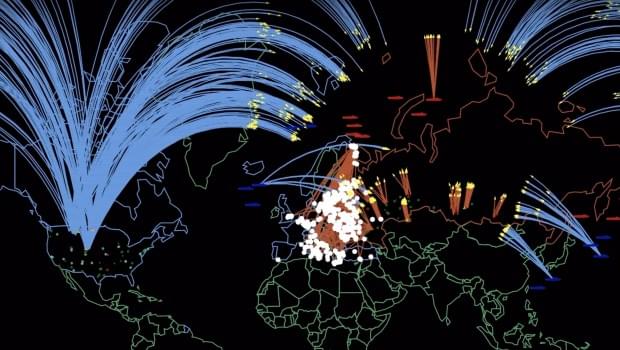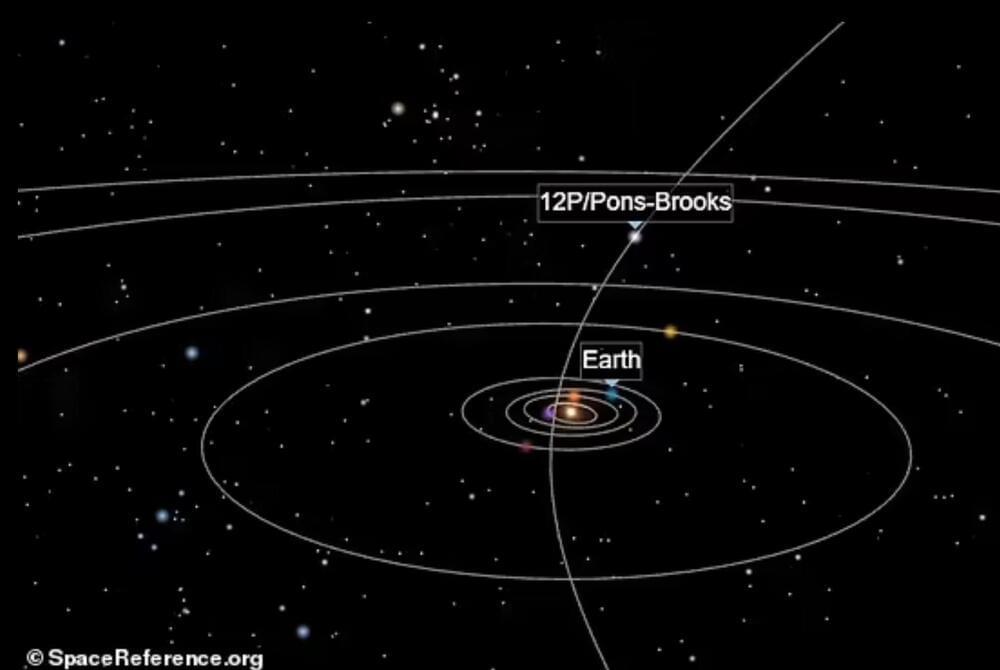Nvidia is on a tear.
But “there are no companies that are assured survival,” Huang warned Thursday at the Harvard Business Review’s Future of Business event.
Nvidia in its 30-year history has faced several existential threats, which helps explain why Huang recently told the Acquired podcast that “nobody in their right mind” would start a company. For example, it almost went bankrupt in 1995 after its first chip, the NV1, failed to attract customers. It had to lay off half its employees before the success of its third chip, the RIVA 128, saved it a few years later.
“We have the benefit of building the company from the ground up and having not-exaggerated circumstances of nearly going out of business a handful of times,” Huang said this week, as Observer reported. “We don’t have to pretend the company is always in peril. The company is always in peril, and we feel it.”









